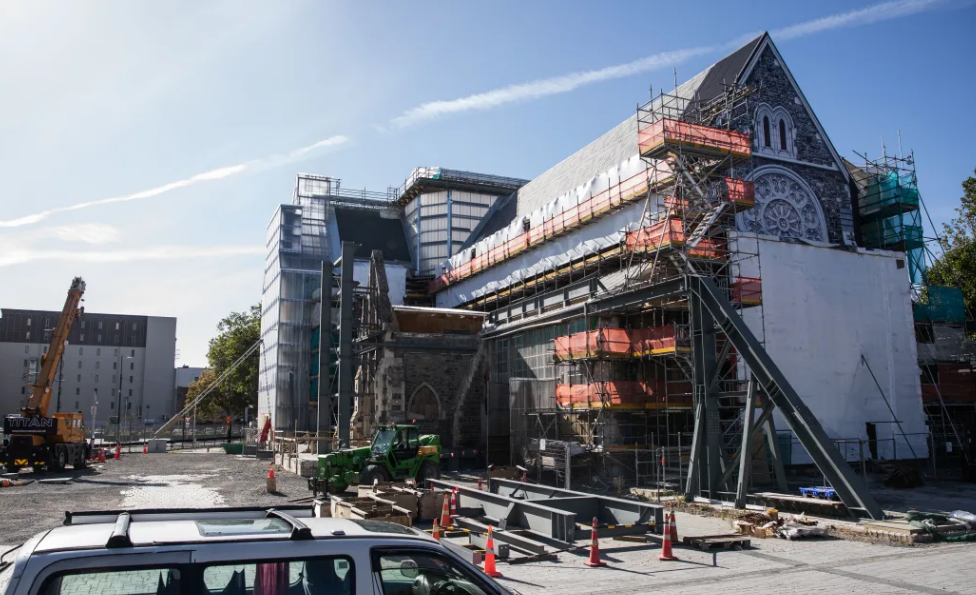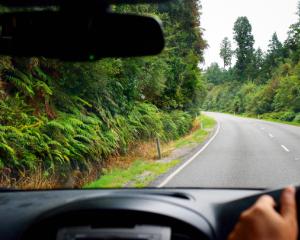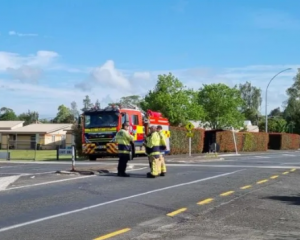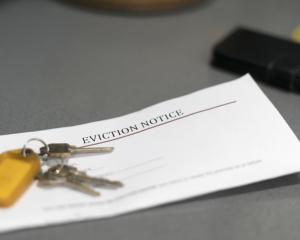
The company restoring the church, which was badly damaged in February 2011 earthquake, warns it needs at least $30 million urgently - and a "new funding pathway" - or it will mothball it by August, leaving a partially restored ruin.
An estimate to rebuild has risen from $100m in 2016, and $160m a year ago to $248m now, as deconstruction has uncovered just what is required.
The warning has triggered public debate ranging from 'stop now' to 'it must be finished'.
Now, a new report from economists is firmly with the finish-it side: "Our analysis shows that the benefits of reinstatement outweigh the costs, indicating that the project should proceed," NZIER said in the 54-page report done for Christ Church Cathedral Reinstatement Ltd (CCRL).
Newly released by CCRL to RNZ, it calculates the net benefit of a restored cathedral at between $1m and $30m largely due to the intangible "social, cultural and economic value for all New Zealanders" - and up to $20m from tourism.
That makes for a cost-benefit ratio of 1.1 to a hefty 3.0.
This "public good" put an onus on the government to "play a role in closing the funding gap", the report stated.

"As many of the benefits are associated with public goods or positive externalities, there is a case for central and local government to contribute toward the costs of reinstatement alongside the Anglican Church, tourism operators and philanthropists," the report said.
The report was aimed at helping the government, city council and other potential funders decide whether to invest more.
It asserted the market value from the building's direct use - such as tower tours - was tiny, but indirectly, its reinstatement was needed to unlock the full value of investments in surrounding streets of $1 billion so far and another $1bn in the next decade.
Keeping it as a partially restored ruin was not analysed.
"We also have not quantified the disbenefits from a public eye-sore and the public safety issues associated with a partly restored building."
The most important benefits arose from the building's non-use value of $9m-$30m, that "mainly consists of the value people gain from knowing that the Cathedral has been reinstated, even if they do not visit it". This is based on international stated preference surveys of cultural sites, keyed to the Category 1 historic place.
Residents would get a particular boost.
"Many of Christchurch's heritage sites were destroyed by the 2011 earthquakes, making the few that remain especially important to Christchurch residents," the report said.
"It will also strengthen social cohesion and contribute to New Zealand's earthquake engineering capability."
CCRL chairperson Mark Stewart has attempted to get ahead of any suggestions the blowout is just another example of a public project which has been "likely underestimated and financially mismanaged", by putting out a statement stating:
"We are dealing with a 150-year-old earthquake damaged building, there are insufficient as-built plans from the 1880s and planning has included many assumptions which are now just being revealed to us" after workers got back in a year ago, once the site was made safe.
"We gathered the best team possible to consider the different challenges the project has encountered. It has been a collaborative team environment and there is no mismanagement, or disputes involved."













